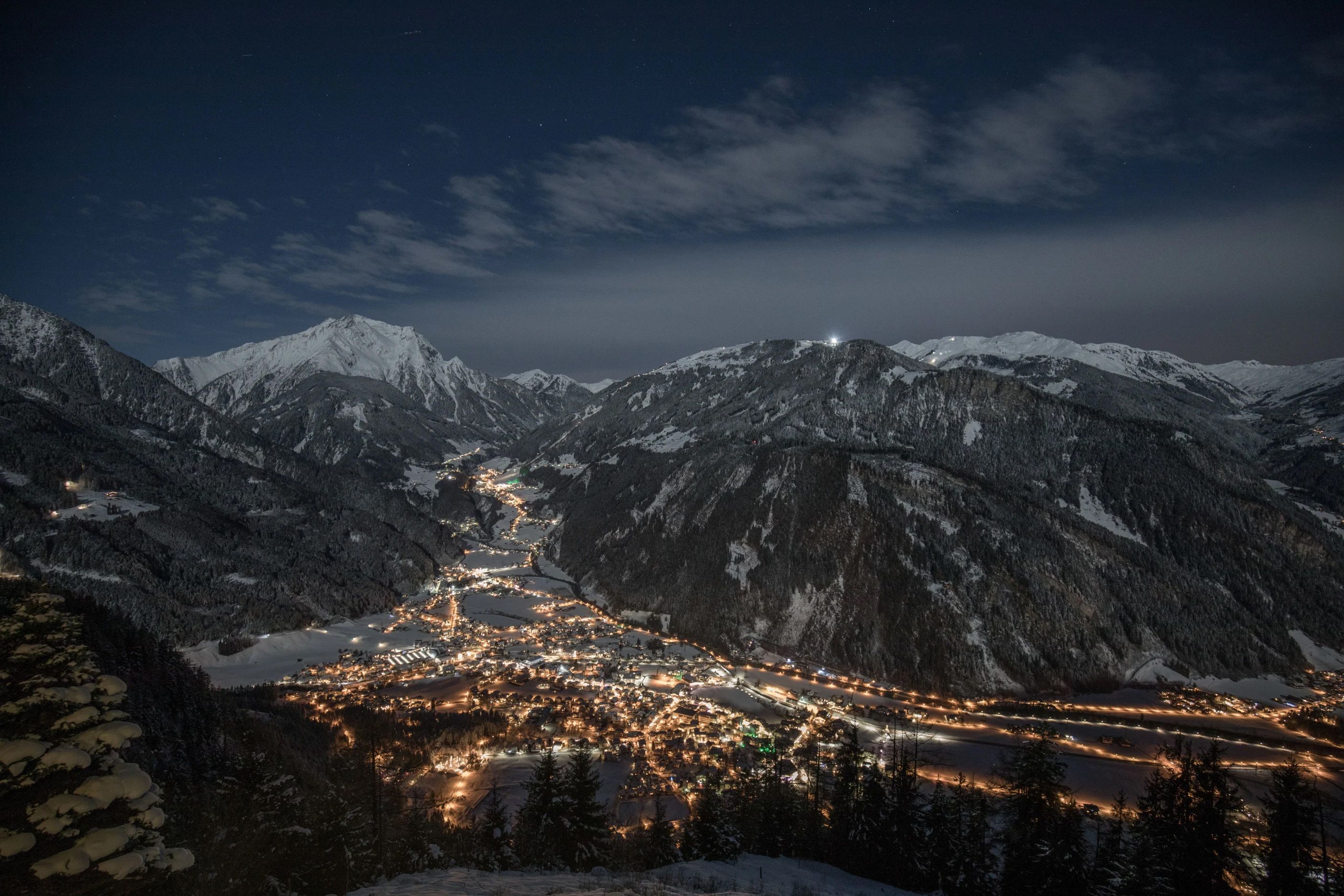
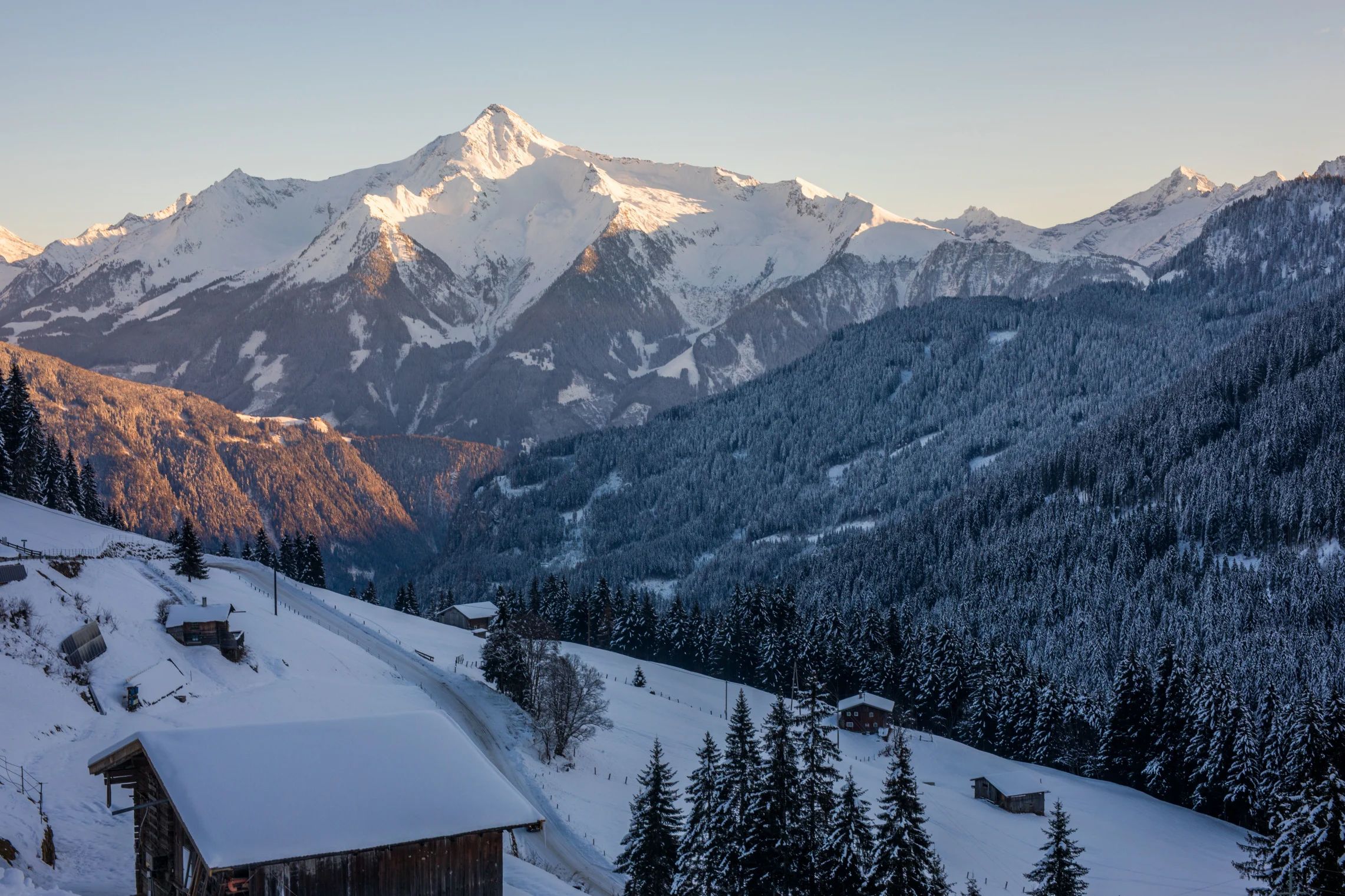
From Hawaii to Antarctica: today, "Silent Night" is sung all over the world - cheerfully in summer in the southern hemisphere and contemplatively north of the equator. Its success may also be due to the fact that it was composed as a lullaby and therefore touches us so deeply. The song has been translated into more than 350 languages and dialects. The most successful cover was by Bing Crosby. His recording of "Silent Night" in 1935 is the third most successful single of all time with around 30 million records sold.
For a long time, it was assumed that "Silent Night" was a Tyrolean folk song. This is due to the singing groups from the Zillertal, which spread the song internationally. The song was published (presumably in 1833) by the publisher August Robert Friese as a "genuine Tyrolean song". However, "Silent Night" was written, composed and first performed in Oberndorf near Salzburg. The actual authors, Joseph Mohr and Franz Xaver Gruber, were forgotten for some time.
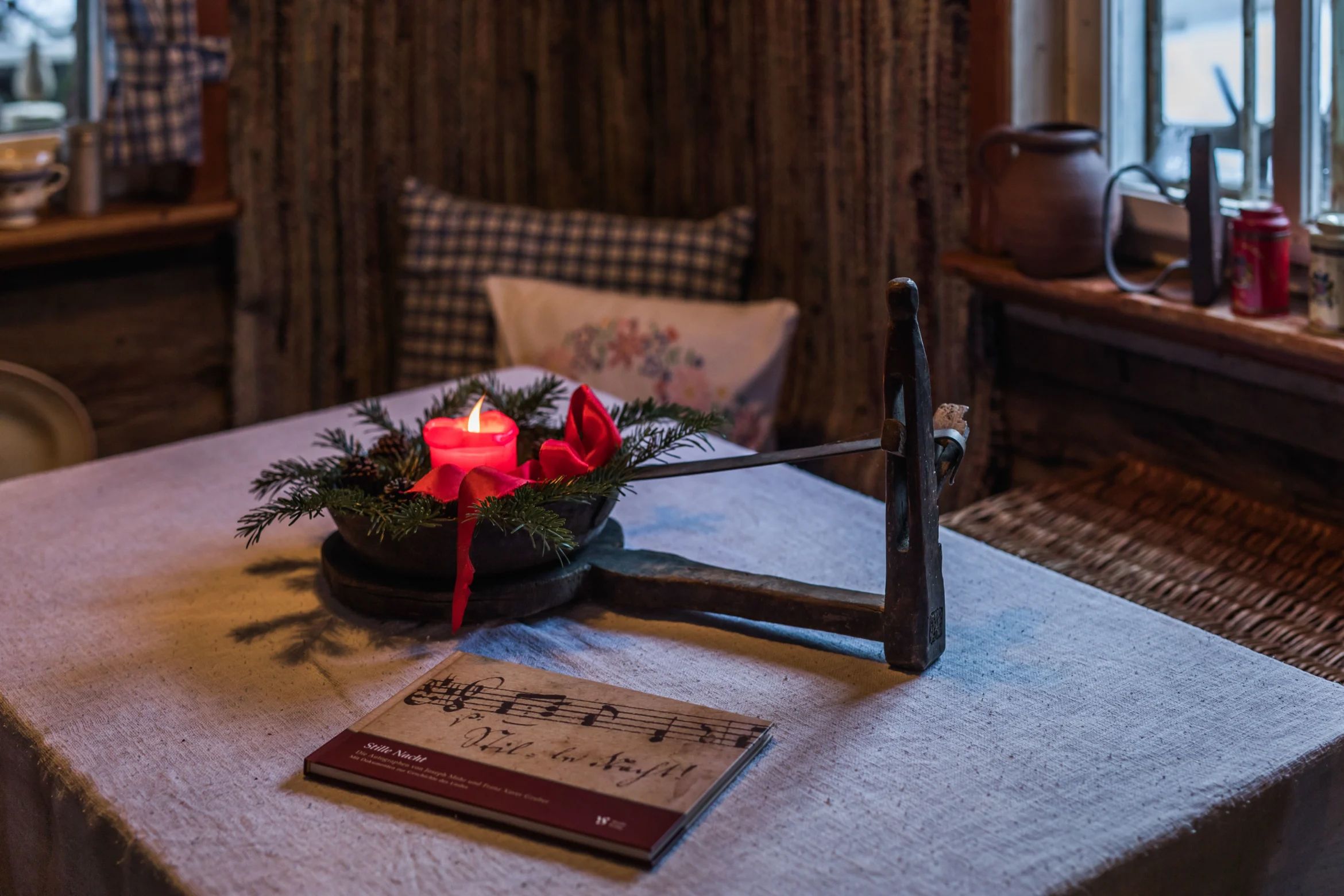
In Frankenmuth, a town of just under 5,000 inhabitants in the US state of Michigan, "Bronner's Christmas Wonderland" awaits. Here there is a faithful copy of the church in Oberndorf near Salzburg where "Silent Night" was first performed in 1818. In the "Bronner's Silent Night Memorial Chapel", which is open daily, the Christmas carol can be heard around the clock in an endless loop. The public is delighted: around two million people visit the Christmas wonderland every year.
An often-told anecdote about "Silent Night" is the incident that is said to have taken place on Christmas Eve 1914 in the trenches of the First World War: The hostile warring factions are said to have suddenly started singing the Christmas carol together across the trenches. Christmas peace then ensued, albeit only for a short time.
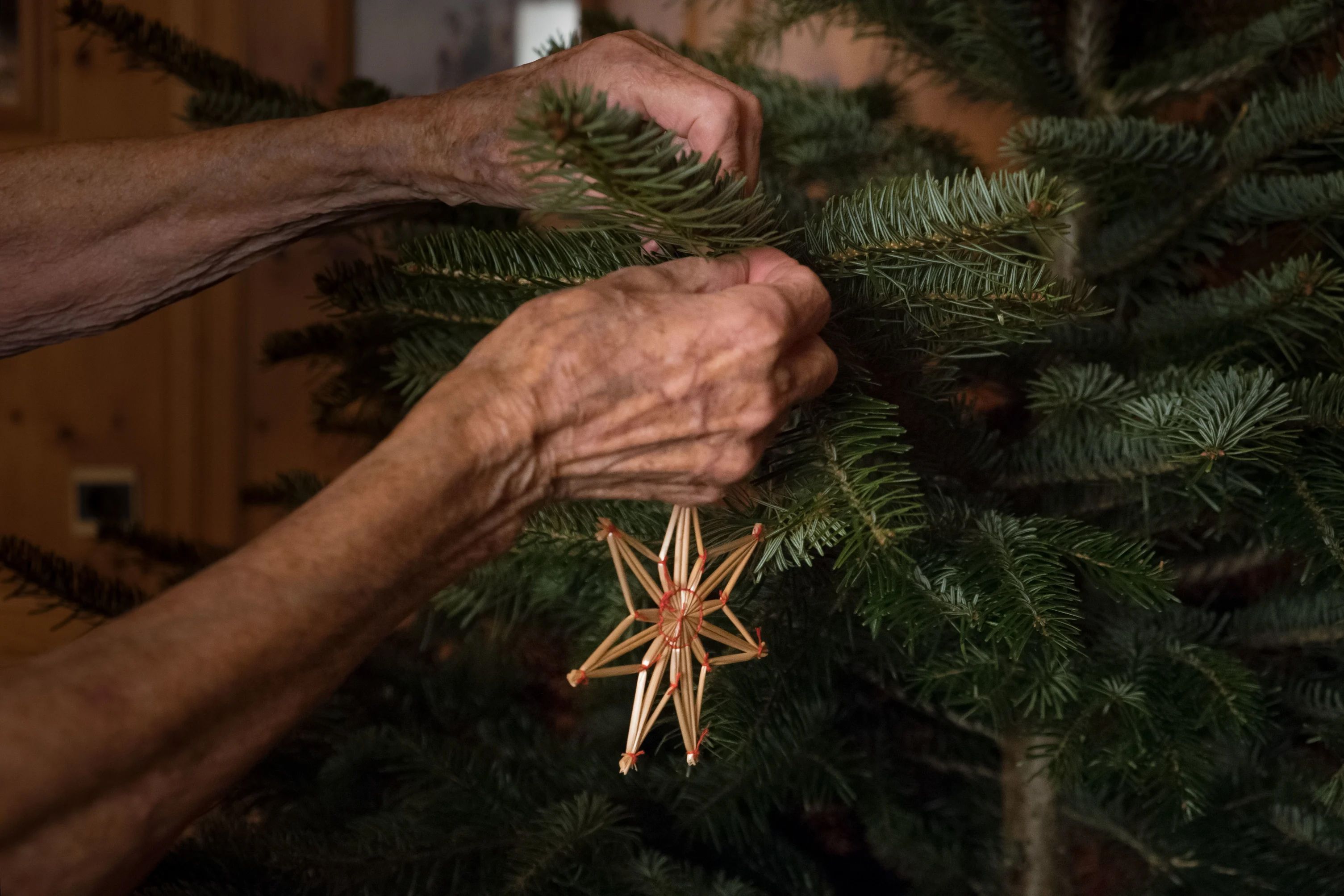
The Ur-Rainers, a family of singers from the Zillertal valley, are said to have sung the Christmas carol in front of Emperor Franz I and Tsar Alexander I of Russia in 1822. The family allegedly stood behind a curtain that separated them from the imperial audience: They are said to have been too nervous to sing face to face. The story is often told, but it is not historically proven. The performance in front of the tsar is also said to have been the cornerstone of the Ur-Rainer's career: equipped with letters of recommendation, they toured Europe and from court to court.
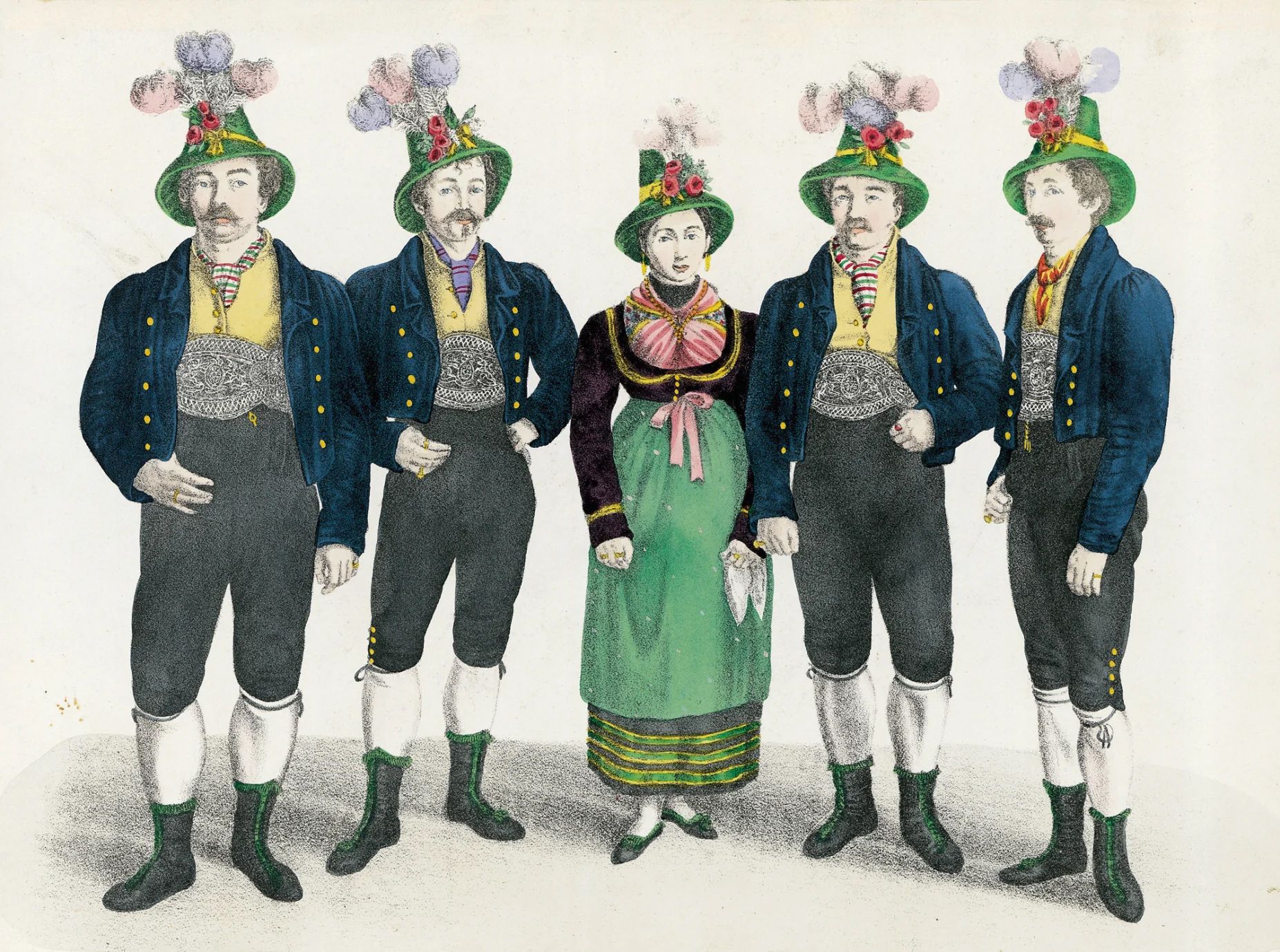
In addition to the Rainer family, there was another group involved in the spread of "Silent Night" in Europe: the Strasser family from Laimach in the Zillertal. The father, Lorenz Strasser, was a travelling glove merchant and his children, all musically talented, accompanied him. They quickly realised that performing in traditional costume and singing Tyrolean songs increased sales. After singing "Silent Night" during the Christmas mass in the royal Saxon court chapel at Pleißenburg Castle in 1831, the Strasser siblings gave their first official concert in 1832 at the Hotel de Pologne.
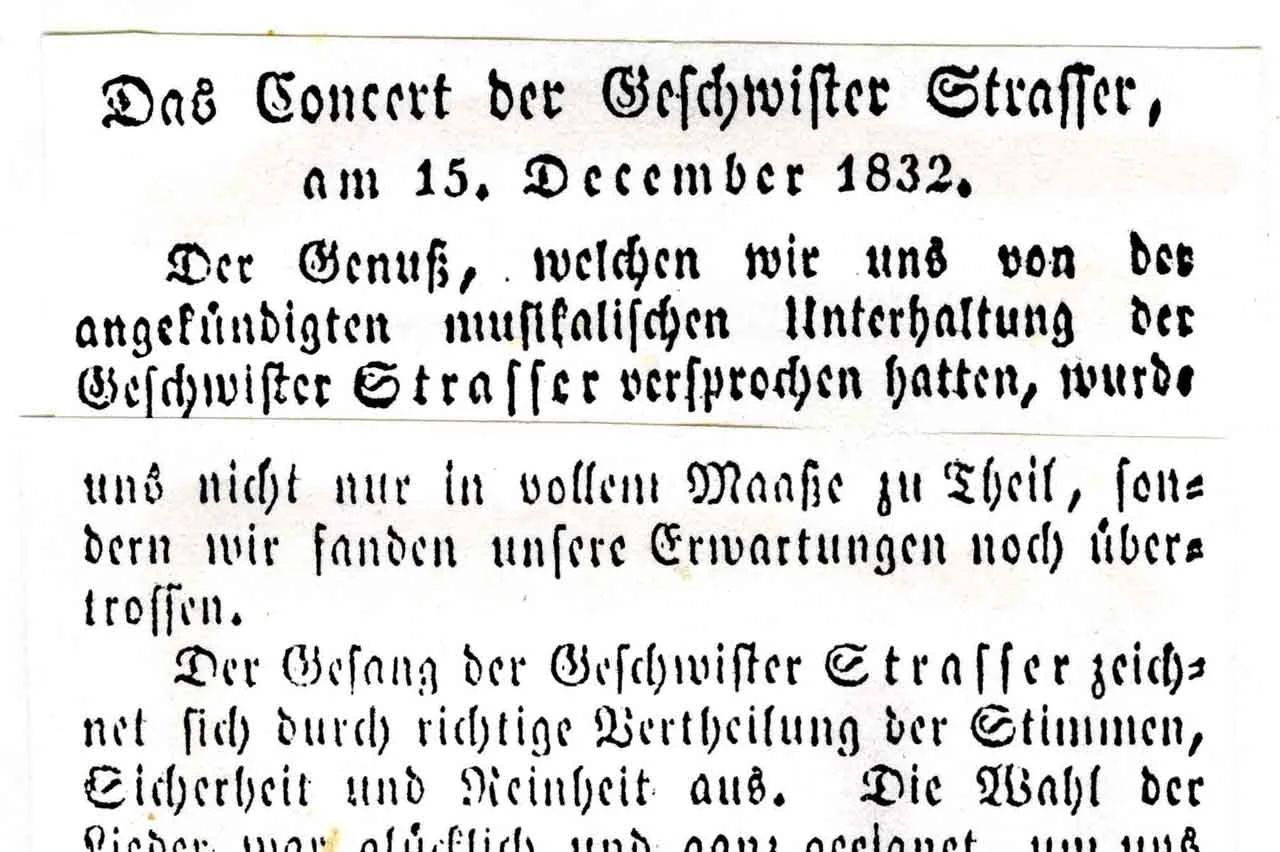
Because the original Rainer were so successful as a singing group, the second generation of Rainer was professionally cast. At the centre: Ludwig Rainer. The performers were his cousin Helene Rainer, Simon Holaus and Margarete Sprenger. They were to bring folk music to the USA. When "The Rainer Family" set off for New York in 1839, Ludwig Rainer was just 18 years old and Helene was only 15. Their journey was not only an adventure, it was also very arduous: the journey by ship alone took at least 30 days, including ten storms.
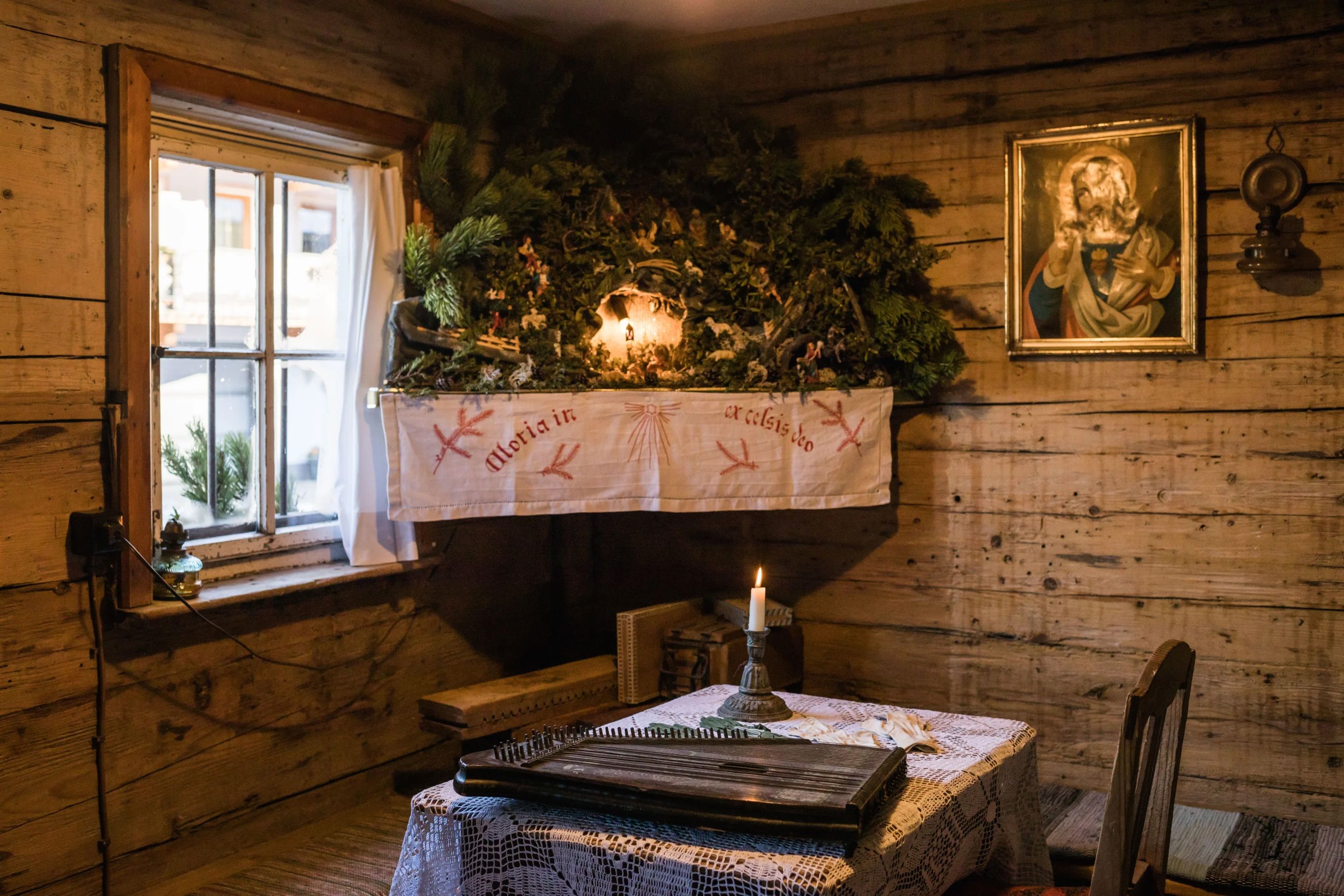
The Rainer Family had barely arrived in the USA when they started advertising: the first advert for the group's concert appeared in the Morning Courier and New York Enquirer in 1839. The ticket price back then was 1 dollar per person. There was a special price of 2 dollars for a gentleman accompanied by two ladies, and children paid 50 cents. Legend has it that the Rainer Family sang "Silent Night" for the first time on American soil on Christmas Eve 1839.
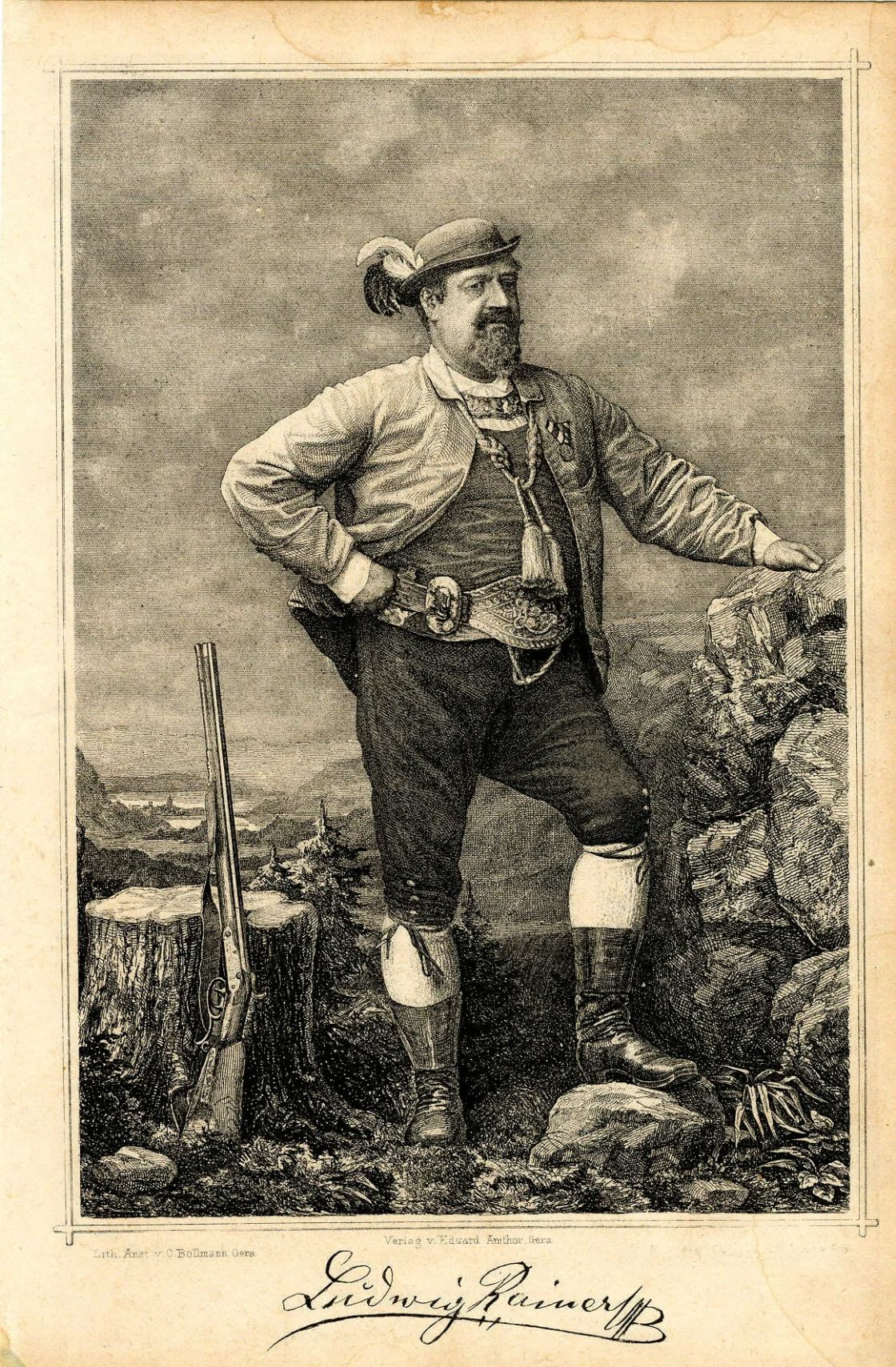
The Tyrolean brand was a guarantee of quality early on: because Tyrolean singing groups were so successful, choirs from Vienna, Styria and Bavaria also posed as Tyroleans. For a while, a young Irishman was even taken to concerts as "Original Rainer", because Ludwig Rainer's cousin Helene had run off with the tour manager and no Tyrolean replacement could be found so quickly.
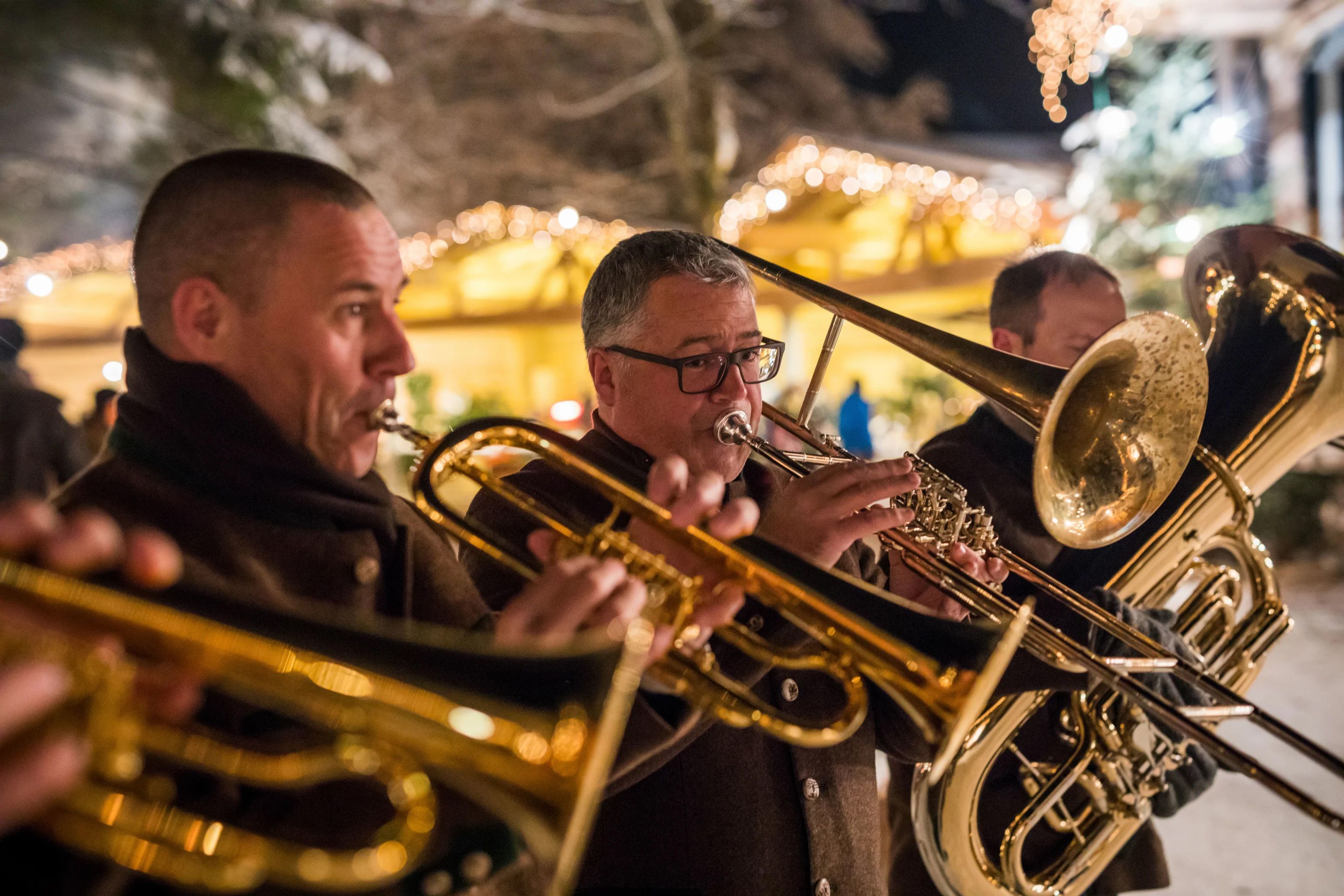
"Silent Night" was composed by Joseph Mohr with 6 verses. However, a seventh verse can still be found in the church songbook of the Waidring organist and teacher Blasius Wimmer. The book, dated 1819, is now lost, but the text of the seventh verse has survived:
"Holy day, silent night! May also be proclaimed
By the same shining star, it rings loudly near and far
Jesus, the Saviour is here! Jesus the Saviour is here!"